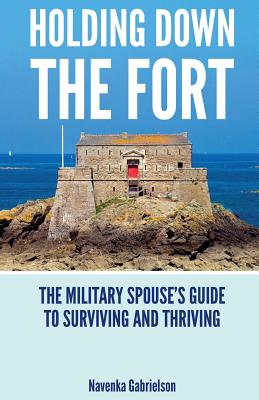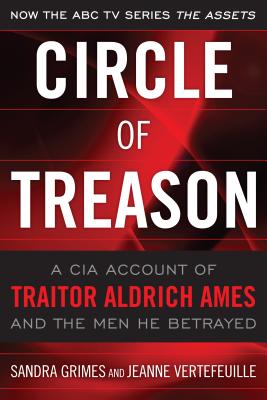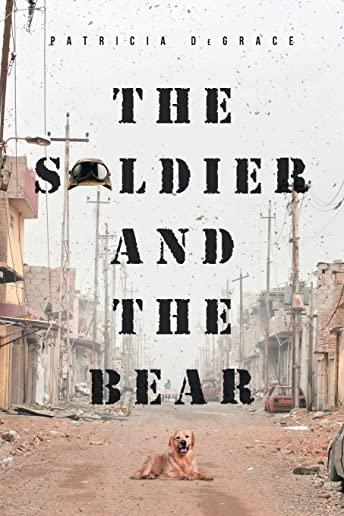
MacDonald, Rod
product information
description
7The new breed of American fast aircraft carriers could make thirty-three knots, and each carried almost one hundred strike aircraft. Brought together as Task Force 58, also known as the Fast Carrier Task Force, this armada at times comprised more than one hundred ships carrying more than ten thousand men afloat. By 1945, more than one thousand combat aircraft, fighters, dive- and torpedo-bombers could be launched in under an hour. Rod Macdonald covers the birth of naval aviation, the appearance of the first modern carriers in the 1920s, through to the famous surprise six-carrier Kidō Butai Japanese raid against Pearl Harbor, and then the early U.S. successes of 1942 at the Battles of the Coral Sea and Midway. The fast carriers allowed America, in late 1942 and early 1943, to finally move from bitter defense against the Japanese expansionist onslaught, to mounting her own offensive to retake the Pacific. Task Force 58 swept west and north from the Solomon Islands to the Gilbert and Marshall Islands, neutralizing Truk in Micronesia, and Palau in the Caroline islands, before the vital Mariana Islands operations, the Battle of Saipan, the first battle of the Philippine Sea and the Great Marianas Turkey Shoot. The strikes by Task Force 58 took Allied forces across the Pacific, to the controversial Battle of Leyte Gulf and to Iwo Jima and Okinawa. Task Force 58 had opened the door to the Japanese home islands themselves --allowing US bombers to finally get close enough to launch the devastating nuclear bombing raids on Hiroshima and Nagasaki. Task Force 58 participated in virtually all the US Navy's major battles in the Pacific theatre during the last two years of the war. Historian Rod Macdonald has created the most detailed account to date of the fast carrier strike force, the force that brought Japan to its knees and brought World War II to its crashing conclusion.
member goods
No member items were found under this heading.
listens & views

FILMWORKS: 50TH BIRTHDAY CELEBRATION 5 ...
by FILMWORKS: 50TH BIRTHDAY CELEBRATION 5 / VARIOUS
COMPACT DISCout of stock
$15.49
Return Policy
All sales are final
Shipping
No special shipping considerations available.
Shipping fees determined at checkout.






